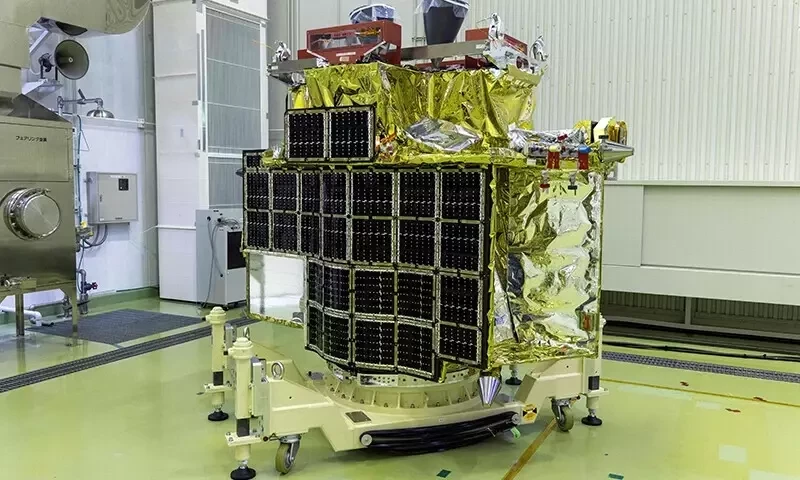Hot on the heels of India’s historic lunar landing, Japan’s space programme is hoping to rebound from a string of setbacks next week with the launch of its own mission: “Moon Sniper”.
The rocket will carry a lander expected to reach the Moon’s surface in four to six months as well as an X-ray imaging satellite designed to investigate the evolution of the universe.
The launch is scheduled to take place on Mon-day after bad weather pushed it back by a day, the Japan Aerospace Exploration Agency (JAXA) said on Friday.
Japan’s space programme is one of the world’s largest, but its first attempt to put a lander on the Moon failed in November 2022, and a new type of rocket exploded during a test last month.
JAXA’s hopes are now centred on the “Smart Lander for Investigating Moon”. As its acronym suggests, SLIM is small and light, standing 2.4 metres high, 2.7 metres wide and 1.7 metres long, and weighing around 700 kilogrammes.
Dubbed the “Moon Sniper” for its precision, JAXA is aiming to land it within 100 metres of a specific target on the Moon, far less than the usual range of several kilometres.
Using a palm-sized mini rover that can change shape, the probe — developed with a toy company — aims to investigate how the Moon was formed by examining exposed pieces of the lunar mantle.
“Lunar landing remains a very difficult technology,” Shinichiro Sakai from the SLIM project team told reporters on Thursday while paying homage to India’s success.
“To follow suit, we will do our best in our own operations,” Sakai said. The workhorse H2-A rocket launching from Tanegashima in southern Japan on Monday will also carry the X-Ray Imaging and Spectroscopy Mission (XRISM) developed by JAXA, NASA and the European Space Agency.
The satellite’s high-resolution X-ray spectro-scopic observations of the hot gas plasma wind that blows through the universe will help study the flows of mass and energy as well as the composition and evolution of celestial objects.
“There is a theory that dark matter is preventing galaxies from expanding,” explained XRISM project manager Hironori Maejima.
“The question of why dark matter does not converge, and what are the forces that spread it, is expected to be clarified by measuring plasma with XRISM.”—AFP










